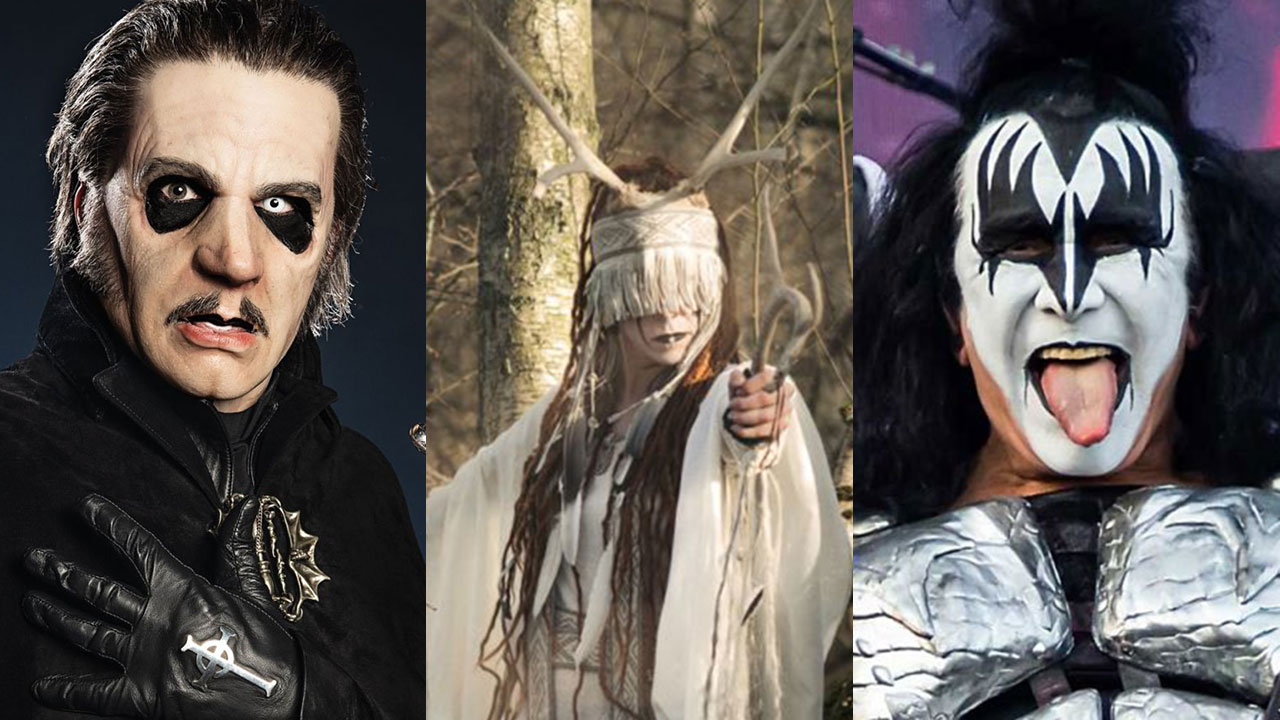In 1968, a band called Alice Cooper were discovered in Los Angeles by Frank Zappa. Frontman Vince Furnier’s gothic vaudevillian costumes, blacked-out eyes, and downturned grin would later become one of the most recognisable and replicated aesthetics in alternative music.
Just four years after the release of his band's debut album, Alice Cooper would appear on the cover of Forbes magazine, labelled a ‘new breed of tycoon’. Furnier has since admitted that the band intentionally used the Alice Cooper character to shock audiences and amp up their press coverage. In doing so, they started a revolution built on grease paint.
It was during this same time that Kiss erupted onto the scene, instantly recognisable by their black and white face paint, platform boots, and space-age leather costumes. This aesthetic became such an integral part of the band that they filed a makeup design trademark in 1978.
It was the first in a string of shrewd commercial moves which saw the band become highly adept at merchandising their intellectual property value. They would go on to license the band’s name to more than 3,000 product categories (including condoms), subsequently turning them into a billion-dollar brand.
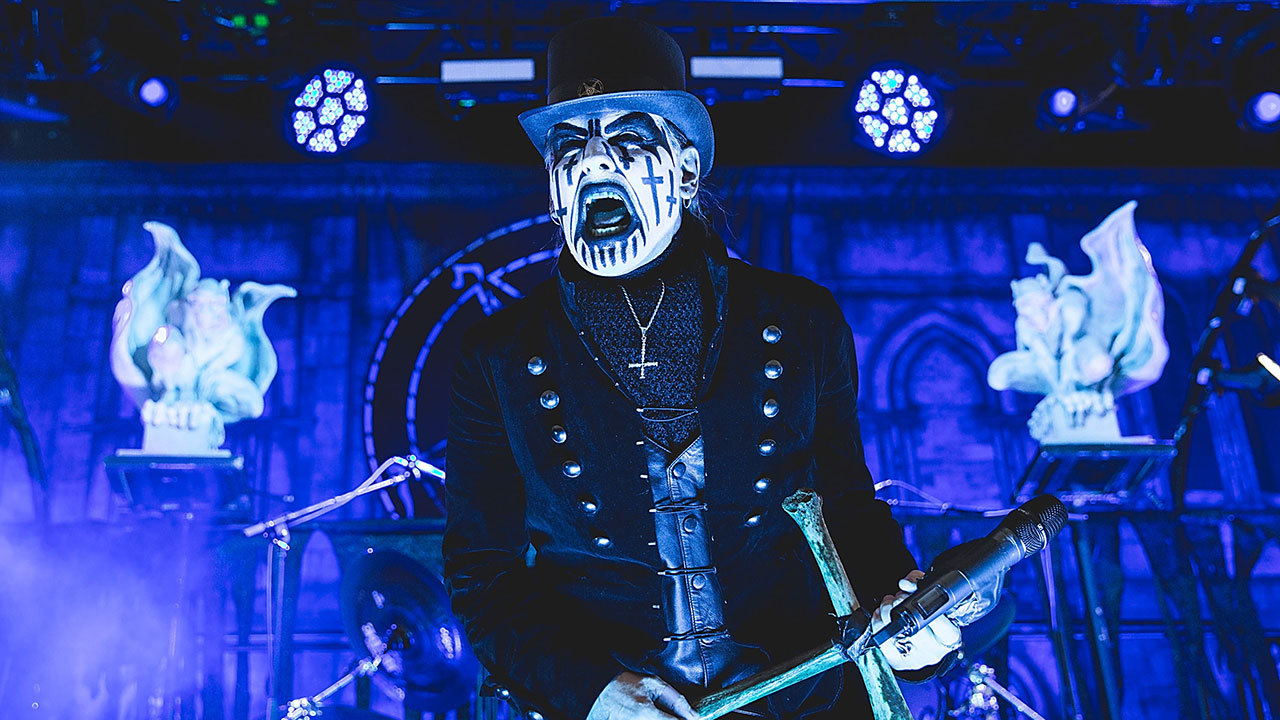
King Diamond is another early branding success story — after gaining popularity in the late eighties with the band Mercyful Fate, he took his occult-themed theatrics solo and is still as well known for his makeup as he is for his falsetto voice and femur bone microphone. His makeup became so infamous that he’s rumoured to have clashed with Gene Simmons over trademark infringement.
As the shock rock and hard rock scenes of the seventies gave way to the glam rock and hair metal scenes of the eighties, we saw a new batch of musicians using makeup and costume as a tool to find notoriety. Bands like Twisted Sister, Mötley Crüe, and Poison used a combination of feminine makeup and sexually provocative costumes to perpetuate a brand built on living life to excess.
In nineties black metal, makeup got a little more morbid. We can trace iconic corpse paint back to Per ‘Dead’ Ohlin of Mayhem, who buried his stage clothes in dirt and painted an exaggerated death pallor onto his face, so he’d appear more corpse-like. The singer took theatrics to the extreme by cutting himself onstage and even plotted to be dragged onstage in a coffin.
From there, the black metal look was born. Everyone from Emperor and Darkthrone to Immortal and Satyricon adopted the corpse look, while simultaneously adding heavily spiked heavy metal armour to create demonic alter egos which became the blueprint for the entire genre.
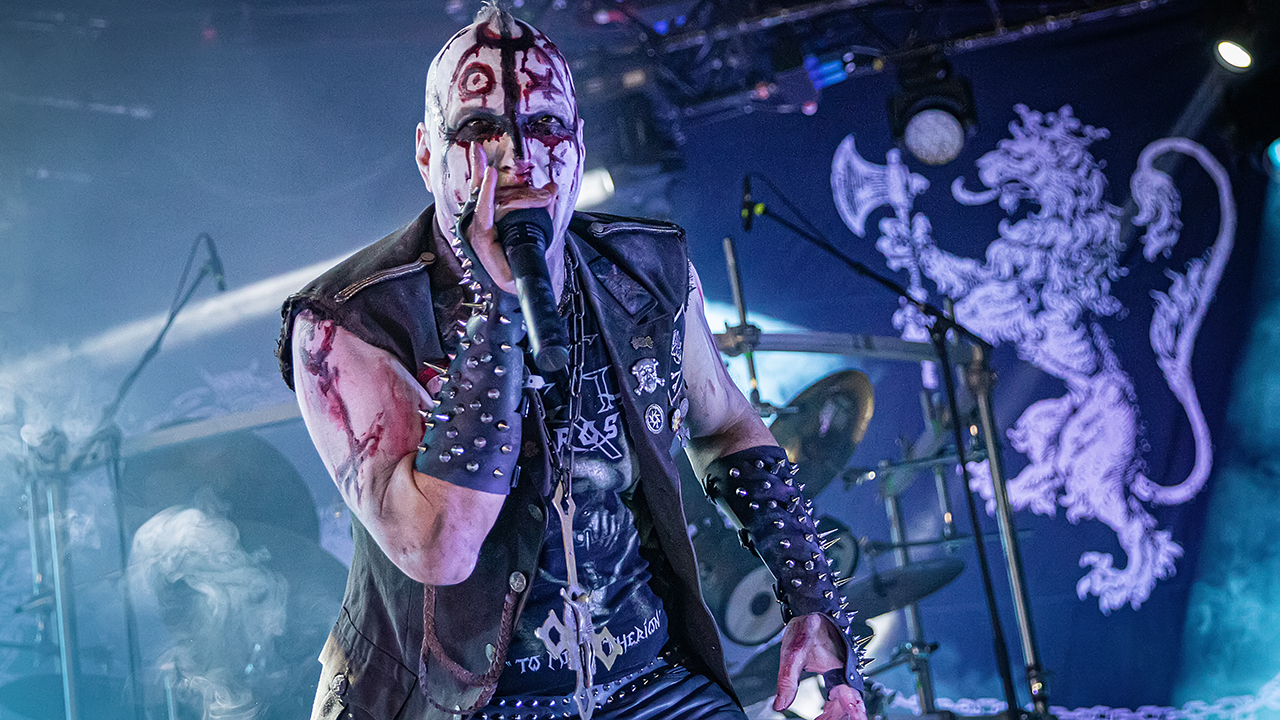
Enriching the music
Costumes and makeup aren’t just a great way to score recognition — they augment the style and lyrical themes of the music, providing musicians with another facet of self-expression.
For Slipknot, each mask is a representation of the person behind it, while simultaneously deflecting attention away from their real faces and toward the music itself. Slipknot channel the same brutal, gritty, DIY feel into their music video visuals and live performances, which all seem engineered to make the audience feel unsettled.
On the other hand, Gwar use costume and makeup as just one aspect of their extensive mythology, in which every character has a unique backstory – and they don’t just dress up for stage shows. They’ve built a fictional universe for themselves in which their music exists. For them, costume and makeup are another layer of texture for a memorable and immersive live pantomime-like performance.
Alice Cooper is a great example of using ‘shock factor showmanship’ to bring musical content to life. He performed with snakes, an electric chair, and would regularly behead himself with a guillotine during live shows.
But makeup and costume can also be used for something more serious: as protest performance. Shock-rocker Marilyn Manson becomes an exaggerated parody of archetypal characters during live shows, dressing up to play the part of dictator, pope, and president, over-performing to punctuate his subversive lyrics.
This use of performance and theatrics to make a political statement is used by German industrialists Rammstein – whose music is actualised through nightmarish industrial set pieces, pyrotechnics and daring stunt work.
Rammstein's costumes and videos dial into this and turn it up to the extreme, clashing with the pantomime of their provocative performance antics as a statement against censorship. The blend of pantomime and obscenity is a direct result of their national identity.
The band emerged in Berlin, following the falling of the wall and the notorious division of the country. The city itself is full of juxtaposed extremes, with heavy links to cabaret and theatre but also communism and war. These contradictions associated with their heritage make the band's choice of visuals all the more resonant.
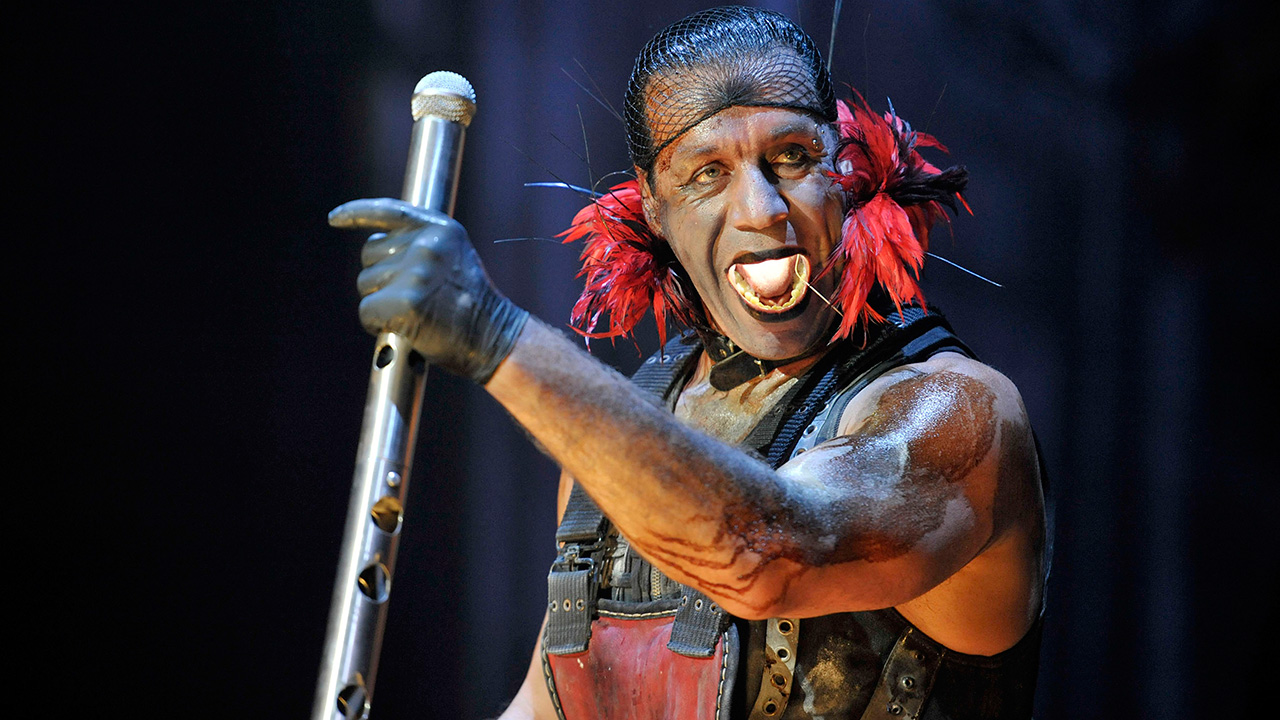
Of course, black metal is also no stranger to theatrics. From its very beginning the aim of the genre's imagery and lyrical content was to terrify the general public and cause outrage amongst the older generations. These days, the genre has evolved as an art form and many bands focus on creating fully immersive atmospherics via smoke machines and burning candles (as well as cause a stir, naturally).
Gorgoroth and Watain use gore in a similar way to Alice Cooper, as a shock tactic – but it takes a lot more to ruffle the feathers of a modern audience. Pushing it to the extreme, these bands perform alongside real decapitated sheep heads on spikes, buckets of sheep's blood, and "crucify" naked people onstage.
Watain are so devoted to their live assaults on the sense that they are rumoured to leave the blood out in the sun so that there is a rotten stench present during their performance. They have even been known to dowse their audiences in the putrid fluid.
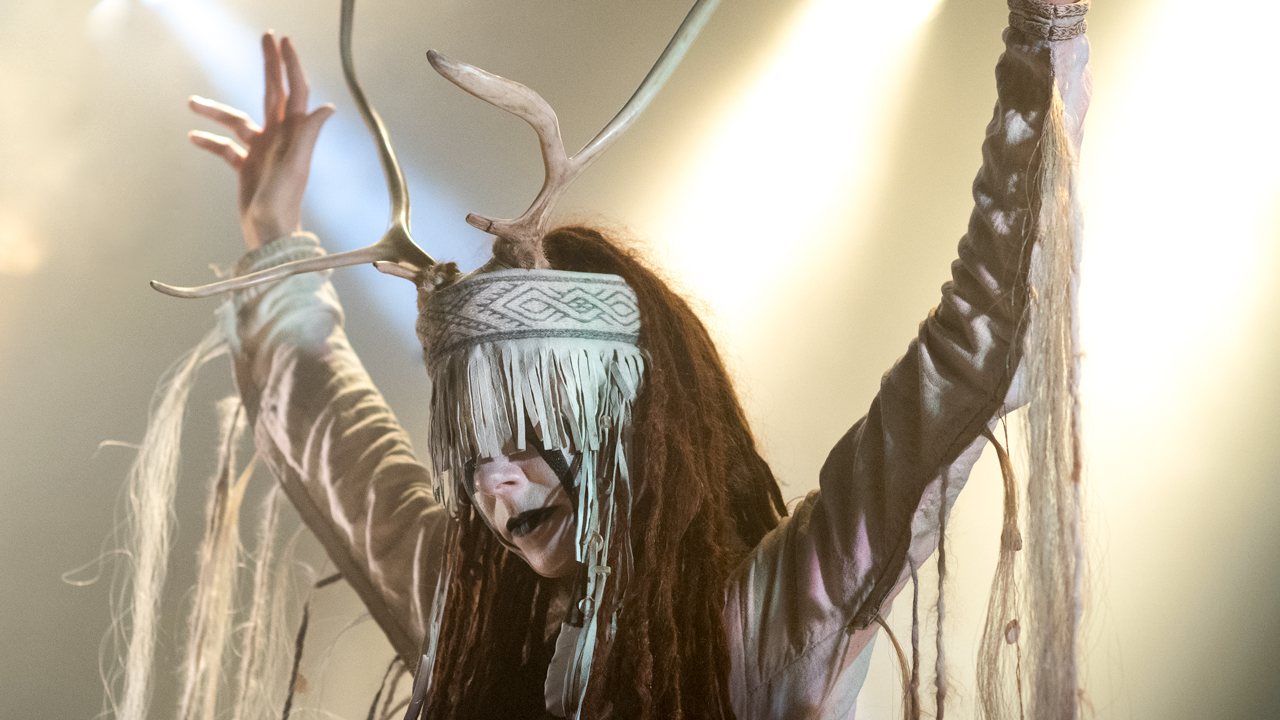
More recently, Batushka have been making a name for themselves with their incense, stage props and habits inspired by the Eastern Orthodox Church.
Another band with roots in ritualistic performance are Nordic folk metal act, Heilung, who have become known for atmospheric stage shows inspired by Medieval Northern Europe.
Heilung’s shamanic stage costumes are adorned with antlers, feathers and skulls, complementing a performance which includes nature soundscapes, fog machines, throat singing and tribal drums, all designed to make the audience feel as though they’ve been transported back to ancient times.
While all these props, special effects and staging vary, they all have one common goal - for the aesthetic become an extension of the music, turning it into a deeply engaging experience.
Merchandising opportunities
Costumes and makeup might seem like a gimmick, but it's actually a pretty savvy business plan. Artists like Alice Cooper, King Diamond and Marilyn Manson have such distinctive traits, they can market themselves using simply an obscure graphic resembling their face.
Take The Eyes Of Alice Cooper as a prime example of this. Cooper's eye makeup is so recognisable, he named an entire album after it and has multiple patches featuring just his distinctive peepers. Similarly, while Marilyn Manson's makeup might change regularly, his white-out, pupil-only contact lens is a mainstay. In fact, you can buy lenses from countless theatrical contact lens suppliers who recreate his look, dubbing it the 'Manson'.
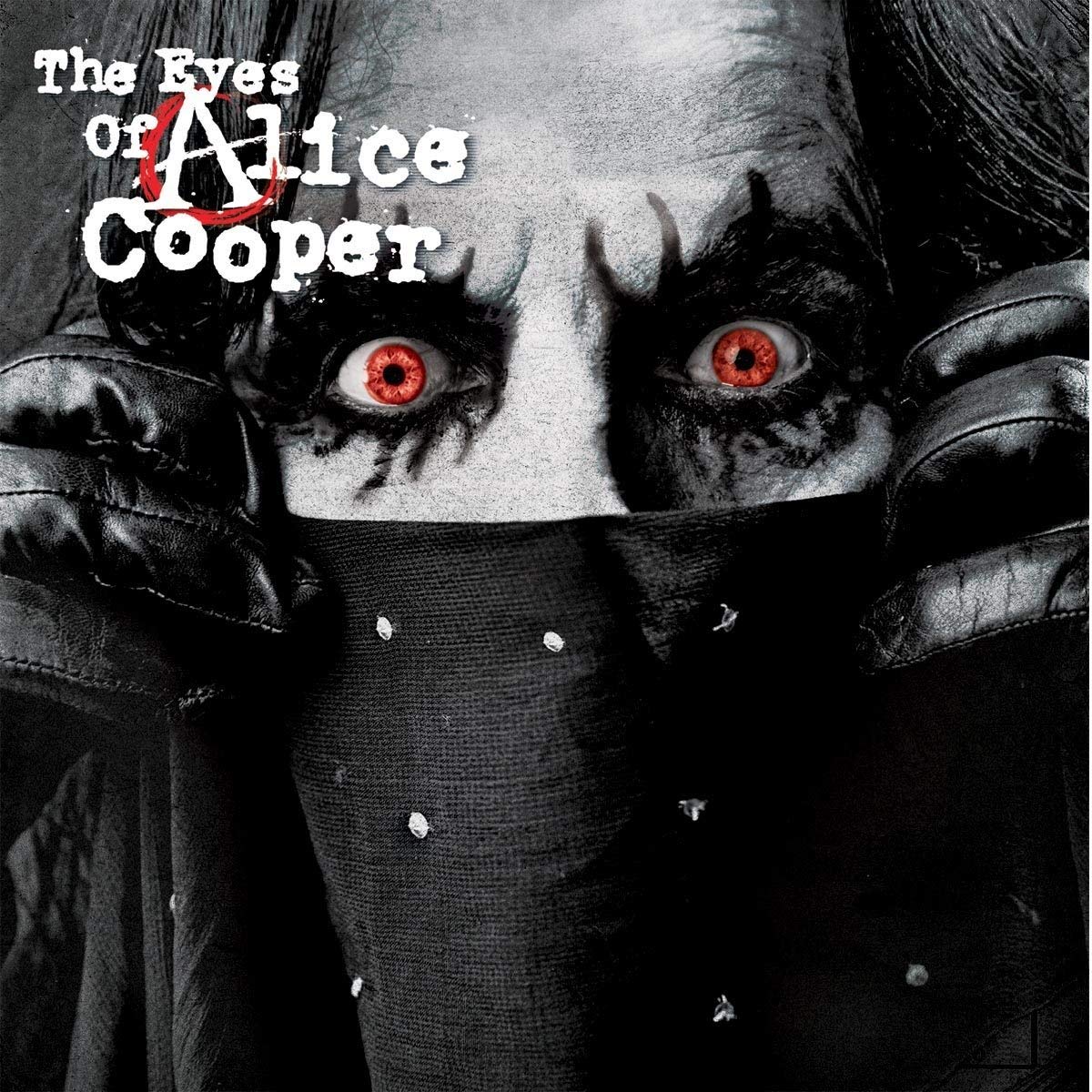
These musicians have carved a visual niche and sculpted themselves as a brand. With artists making a good chunk of their money through merchandise sales, the more marketable they are, the more they stand to earn.
It's common to find your favourite band logo on t-shirts, keyrings, pint glasses, hoodies, mugs, posters and even leggings and sneakers these days – but some bands have expanded their merch ranges into some unimaginable realms. Strong visual identities create a wealth of merchandising opportunities for fans to buy into — ask anyone who’s taken a Kiss Kruise or a swig of Slipknot No. 9 Whiskey.
Not content with a simple band shirt, you can often find Slipknot ‘maggots’ dressed in masks and orange jumpsuits, or Kiss Army members in leather and face paint.
Ghost also hold a healthy monopoly on Halloween merch. If you wanted to attend a friend’s party dressed as a Nameless Ghoul or Papa Emeritus, you can find a range of officially licensed costumes and props.
Ghost also have merchandise tied to their albums, each of which represents an entirely new, distinct world. Fans can buy plush Cardinal Copia toys, glow in the dark figurines, candles and ghoul masks, all of which are continually refreshed with every new frontman character and iteration of the Ghost mythos.
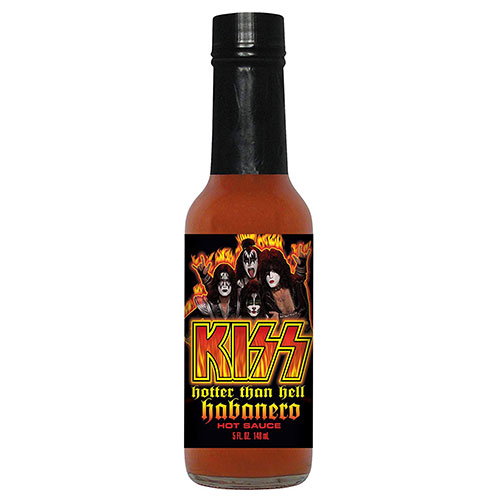
An excess of merchandise is also a great way to foster tribalism within a fan base. By continually reinforcing a particular aesthetic as ‘on brand’, fans are presented with an opportunity to demonstrate their dedication by mimicking the style.
Humans have an innate desire to belong to like-minded social groups, so visually distinctive subcultures are helpful in breeding more dedicated and fanatic followers. In fact, a 2015 survey by Spotify showed that metal fans are by far the most loyal of any music genre!
One band in particular who takes the idea of tribalism to the extreme is horrorcore duo Insane Clown Posse. Their fans, known as Juggalos, have developed their own idioms, slang, and characteristics, and refer to themselves as one big family.
Insane Clown Posse have written songs What Is a Juggalo? and Down With the Clown inspired by their devotees, who can be easily spotted thanks to their evil clown face paint, spider legs hair styles and clothing adorned with Psychopathic Records' Hatchetman logo.
A tool for reinvention
In some cases, costume and makeup can be used as a reinvention tool. When fans are so used to seeing a clear and recognisable aesthetic, the musician can easily drop the makeup and send a clear message that their new project is a separate entity to their past work.
Nergal has done exactly this, saving his trademark corpse paint for Behemoth performances but choosing a bare face for his work with Me and That Man.
Corey Taylor uses his mask to differentiate Slipknot from Stone Sour. However, Slipknot also reinvent their costumes for each album run, maintaining their characters while re-styling their boiler suits and donning new masks.
With Slipknot, the big mask reveal ahead of each new Slipknot album generates a huge amount of hype from fans.
Ghost are also known for using costume and makeup to signify a reinvention which coincides with the release of each new album. Frontman Tobias Forge has recently unveiled his sixth distinct character, known simply as ‘Papa Emeritus IV’.
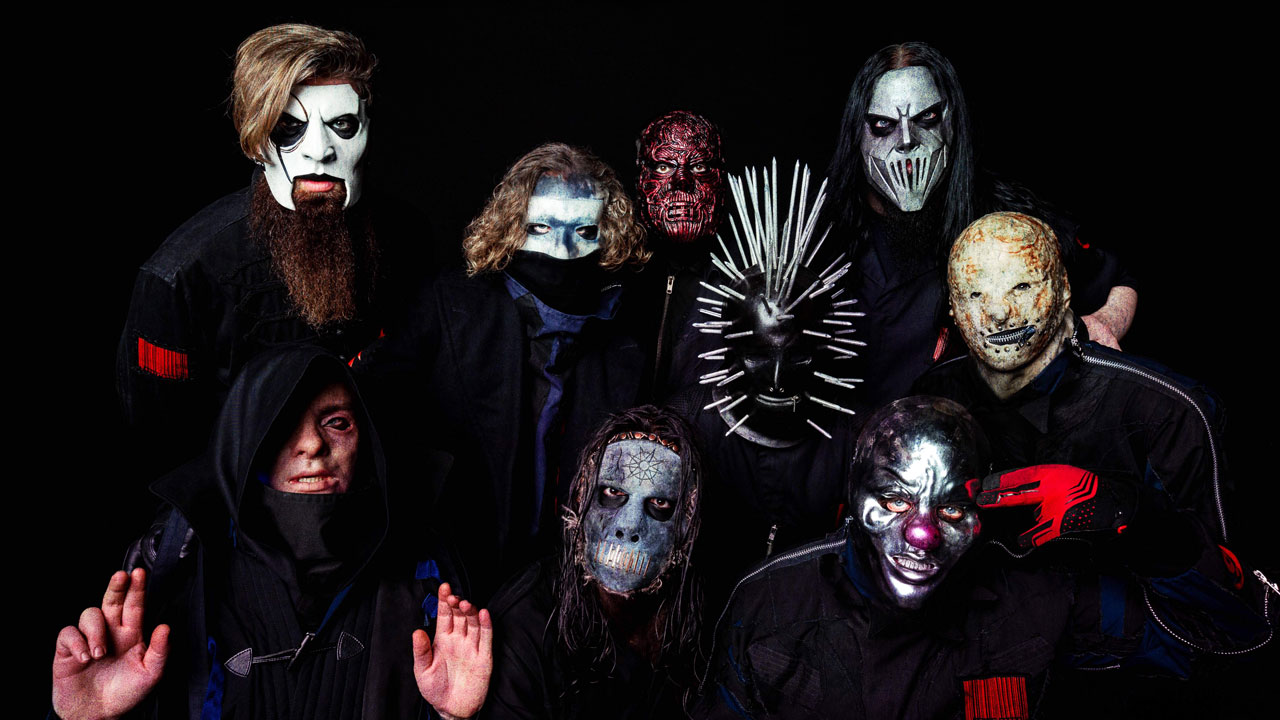
As with Slipknot mask reveals, the unveiling of each new Ghost frontman has become a hugely anticipated event among fans.
Mushroomhead used avantgarde horror masks and stage names to keep members anonymous, as many of them were already in established bands.
What began as a side project has gone on to become its own entity, sparking other bands to take up masks for performance. Because of this, Mushroomhead began evolving the appearance of their masks and costumes to keep pushing artistic boundaries.
Marilyn Manson loves a good opportunity to dress up and has used makeup and costume in a similar way, continually reinventing himself over the years, separating each album with a new character, indicating a musical shift. Perhaps his most obscure look was for the cover of third studio album Mechanical Animals, where he acquired a pair of breasts and lost all genitalia.
Separating the art from the artist
The act of creating a larger-than-life alter ego for performance is a great way of keeping work and private lives separate. Alice Cooper has famously said that he tries to leave his character on the stage where it belongs (in his private life, the son of a Preacher enjoys a quiet game of golf).
In black metal, the makeup is only one facet of the alter ego — Gaahl’s famous ‘Satan’ interview is a good example of artists choosing to maintain a stage character for press interviews to safeguard private life. In reality, Gaahl is a keen painter and wine connoisseur.
Back in 2010, Guardian writer Jon Ronson reported that behind the clown makeup and darkly violent lyrics, Insane Clown Posse were in fact evangelical Christians.
Their fans were, for the most part, enraged that such an overtly controversial band could have misled them so wholly. And who can blame them? Since the late eighties, Insane Clown Posse have been rapping about murder, rape, domestic violence and gun crime.
While it was later revealed that the duo aren't evangelical Christians, the act do indeed believe in God and have a strong sense of faith.
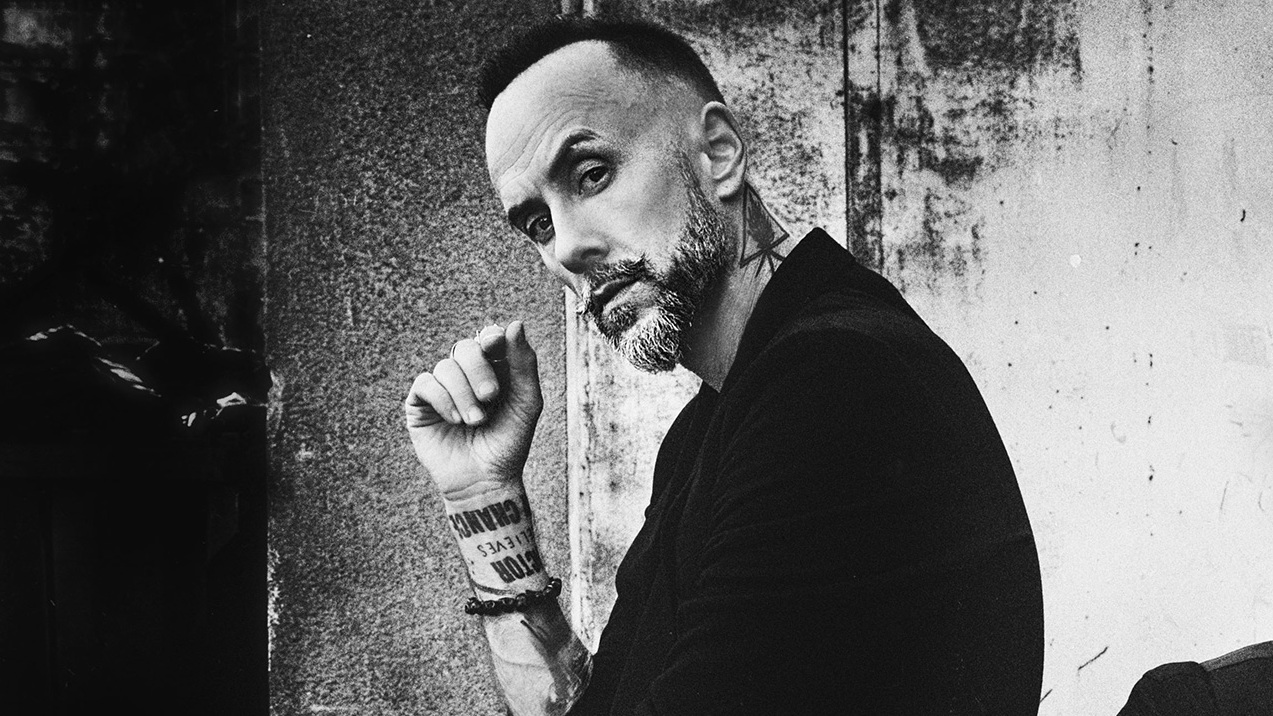
The act of separation is particularly useful for musicians who deliberately want to distance themselves from what they perceive as a gimmick. In 1983, Kiss chose to drop the makeup that helped make them superstars, believing they’d prove themselves as a ‘real band’ without it.
Some black metal bands choose not to use the trademark corpse paint of their genre to make a statement about their values and musical evolution — Satyricon and Emperor have both intentionally stepped away from it in recent years.
Struggling bands should sit up and take note; history has shown us that an impactful makeup and costume combo really do work. Back it up with genuine talent, and you have the ultimate formula for success…even if it does mean skirting the edges of gimmickry.
